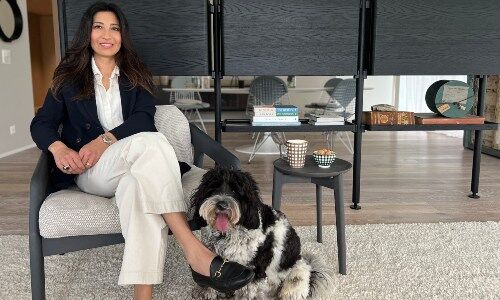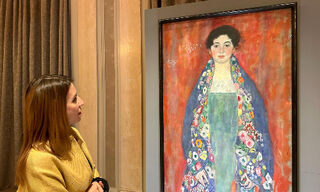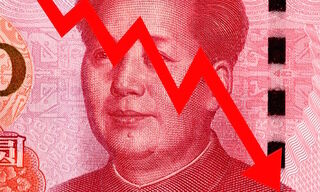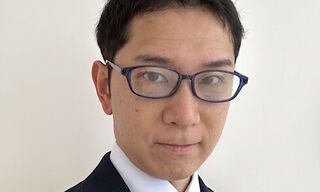Featuring over 20 works dated between 1996 and 2015, the selling exhibition is the first to explore the broad spectrum of Chinese artist Wei Dong’s creative journey over the past twenty years. In addition to selections from his much acclaimed subversive oeuvre, the exhibition showcases new ink and colour landscapes that mark the beginning of a significant era for the artist. The exhibition will be held at Sotheby’s Hong Kong Gallery from 29 July to 8 August 2015.
Growing up in China under the rule of Socialist Realism, Wei Dong describes his younger self in his twenties as “sharp and angular”. His trademark conflation of the classical and the modern, both Chinese and Western, conjures up surreal, biting commentaries on the desire-driven modern psyche.
Whilst reflecting on his works from the past twenty years, Wei Dong recognised the distance his artistic journey had taken him. He decided to return to his artistic home, to the contemplative, traditional landscape painting that was the foundation of his training.
In the brand new ink landscapes, Wei Dong departs from his signature lurid polemics to achieve a subtler, yet equally emotionally potent, aesthetic. Humble yet magnificent Ming and Qing inspired backdrops are graced by quiet, contemplative presences.
The restless artist has returned home – literally and figuratively – to his birthplace, to the roots of his artistic training, and to a reconciliation of his deepest conflicts and desires.
In Wei Dong’s own words he says, “My current works are quieter – the figures blend silently into the landscapes, intent on appreciating the beautiful scenery. But this isn’t simply a traditional landscape. My figures are classical characters robed in Western-styled drapery. I am trying to convey a deeper meaning by inviting viewers to think about the relationship between the figures and what they might be quietly conversing about. Instead of portraying angry, shouting figures, my approach is now more subtle and layered…The figures serve as a channel for me to say what I want to say – for me to express my sense of nostalgia for the past.”




















